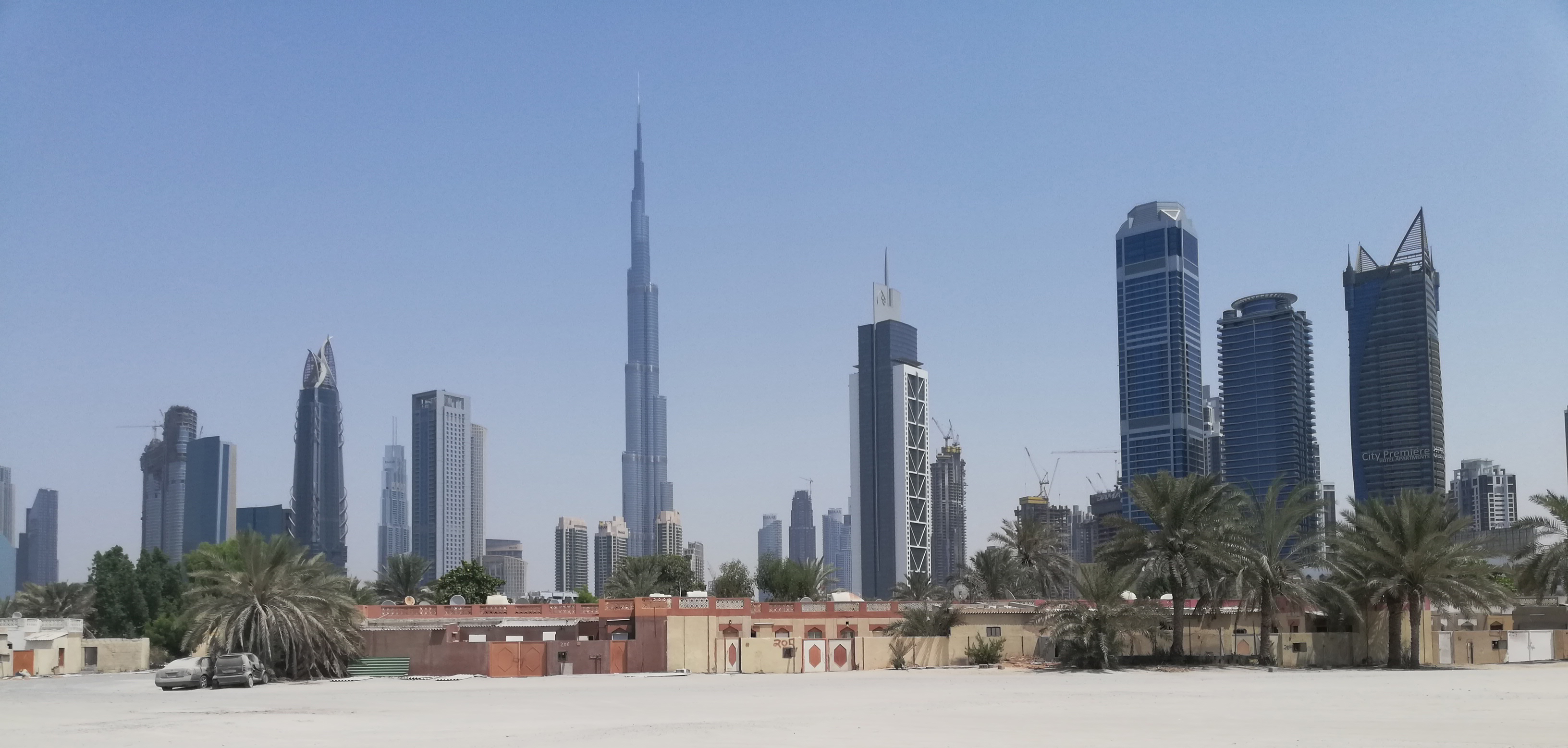
Replacing urban identity: the disappearance of Sha’biya Al Safa Neighborhood
##plugins.themes.immersion.article.figure##

Resumo
The meaning of identity of a place is manifested in its genius loci, or rather in the hidden spirit of the place itself. The immanent value of the built environment represents its physical and materic sedimentation, as well as the collective memory testifies to the emotional stratification of the space itself. The spatial component involves not only the sphere of urban form and public spaces, but also the private dimension of domesticity. It is a process of accumulation of the historical memory of a place, through fragments of shared community life as well as of family and domestic identities. In this sense, the theme of loss of urban historical memory in newly developed contexts, in cities such as Dubai for example, appears relevant. Furthermore, how in such areas the built environment is suddenly altered by the dynamics of real estate.
This contribution documents, also by means of photography, the case of the disappearance of Sha’biya Al Safa Neighborhood (also known as Sha’biya Al Shorta). Neighborhood built to house the low-income local population, as part of the social housing program wanted by the late Sheikh Zayed bin Sultan Al Nahyan since the end of the 1960s. These photos, taken in September 2018, document the state of the neighborhood shortly before its demolition, when its inhabitants had already abandoned this place. Instead, the pictures taken in February 2021 describe the current state of the area: an infrastructured tabula rasa ready for real estate
development.
The images narrate the loss of daily living in the neighborhood. They speak of a community, which has now disappeared, characterized by a vibrant everyday life with cultural values rooted in the place and tradition. It is a visual testimony that identifies the urban peculiarities of the neighborhood in its morphological and typological dimension, as well as reveals the traces of the family life of its inhabitants. This case documents, once again, how urban transformations based on demolition and new construction inevitably lead to a zeroing of the original social identity and of the collective memory connected to the place itself.
Referências
- Abuthina, Jalal. Dubai: behind the scenes. Dubai: Inside Dubai, 2015.
- Alawadi, Khaled, ed. Lifescapes Beyond Bigness. London: Artifice Press, 2018.
- Augè, Marc. Non Luoghi. Translated by D. Rolland D. and C. Milani. Milano: Elèuthera, 2015.
- Benjamin, Walter. The Arcades Project. Translated by H. Eiland and K. McLaughlin. Cambridge, MA and London: The Belknap Press of Harvard University Press, 1999.
- Calvino, Italo. Invisible Cities. Translated by William Weaver. Orlando: Harcourt Brace & Company, 1974.
- Cruz-Megchun, Beatriz and Juan Roldán Martín. “Cricket fields: instruments of place-making and memory in the UAE”. In Uncommon Dubai +, edited by Sharmeen Inayat, 44-59. Ta Xbiex, Malta: Uncommon Ltd, 2018.
- Elsheshtawy, Yasser, ed. Transformations: The Emirati National House. Abu Dhabi: National Pavilion United Arab Emirates la Biennale di Venezia, 2016.
- Elsheshtawy, Yasser. “Foreword”. In Memories of Satwa, by Jalal Abuthina, 2-4. Dubai: Inside Dubai, 2015.
- Heidegger, Martin. Poetry, Language, Thought. Translated by Albert Hofstadter. New York: Harper Colophon Books, 1971.
- Martinotti, Guido. Sei lezioni sulla città, edited by Serena Vicari Haddock. Milano: Feltrinelli Editore, 2017.
- Pallasmaa, Juhani. Fragments: Collage and Discontinuity in Architectural Imagery, edited and translated by Matteo Zambelli. Pordenone: Giavedoni editore, 2012.
- Pisani, Daniele. “The City of Architecture”. In Easton, Victoria, Matilde Cassani, and Noura Al Sayeh, eds. The Architecture of the City. A Palimpsest. CHARTA, no. 2 (September 2016): 46-47. https://www.carthamagazine.com/wp-content/uploads/2016/10/CARTHA_2016_ISSUE-2.pdf
- Shakespeare, William. Coriolanus. 1607-1608. Accessed August 2, 2021. http://shakespeare.mit.edu/coriolanus/coriolanus.3.1.html